
EVN/JIVE Newsletter - Edition 66 September 2023
Welcome to the September 2023 issue of the EVN/JIVE Newsletter.
The EVN Consortium Directors met during the VLBI40 Conference in Bologna in May. The Bologna conference was a fantastic demonstration of the demand for, interest in and science output from VLBI and the EVN in particular. We can see a huge and diverse community-based desire to push the capabilities of EVN to new science areas, including multi-messenger opportunities (gravitational waves and neutrinos) and transients; efficient new wide-field surveys; and the game-changing potential of phase calibration at mm wavelengths from lower frequencies. The number of regular proposals has remained strong over the last few years, but there is increasing demand for more flexible scheduling and support for high-cadence of observations which the EVN is keen to support - the directors agreed to increase availability of e-VLBI days for such observations.
At the same time we see a strong institution-based commitment to improve capabilities, including digital upgrades under way at e-MERLIN and elsewhere and equally importantly to maintain the large telescopes and their associated systems, which form the cornerstones of the EVN. The development work now funded by RadioBlocks will push new technologies and techniques at each stage from components to digital receivers, correlators and data processing.
We welcomed Sergio Poppi (SRT Head of Operations, INAF, Sardinia) as the new EVN Technical and Operations Group chair and we thank Uwe Bach (MPIfR Bonn) for all his work as the outgoing TOG Chair.
The Bologna meetings also marked the end of Tiziana Venturi’s very successful term as Director of the Istituto di Radioastronomia, INAF. Tiziana’s achievements in stimulating and managing a transformation of the capabilities of the INAF telescopes, not just for EVN, but for an increasing range of applications, as well as her long-term support for and commitment to every aspect of the EVN deserve all our congratulations and thanks.
Finally, it was a pleasure to host the 52nd Young European Radio Astronomers Conference in Manchester and Jodrell Bank and to see EVN and VLBI results presented there. YERAC is a very special and unique opportunity for young scientists to share their work among their peers and to build contacts and friendships, likely to last decades. Thanks to the e-MERLIN team and Manchester students for organising this.
Simon Garrington
Jodrell Bank Observatory, University of Manchester
EVN CBD Chair

Observing proposals are invited for the European VLBI Network (EVN). Deadline: 1 October 2023, 16:00:00 UTC. The EVN facility is open to all astronomers, but see below for the restrictions currently applied to PIs and co-Is with affiliation to Russian institutes. Astronomers with limited or no VLBI experience are particularly encouraged to apply for observing time. Student proposals are judged favourably. Support with proposal preparation, scheduling, correlation, data reduction and analysis can be requested from the Joint Institute for VLBI ERIC (JIVE). Check details of the call for proposals here
EVN Support+ programme
JIVE/EVN has a pilot programme to provide extended support to teams new to the EVN, with little or no direct VLBI experience. This includes the scheduling of the VLBI run and the VLBI-specific parts of the data reduction (including a-priori amplitude calibration and fringe-fitting). Imaging, and the interpretation of the data is the responsibility of the team. We aim to support some standard VLBI projects, evaluated by the EVN Program Committee with the highest grades. See the call for proposals for more information. For further questions please contact the Chair of the EVN PC, Zsolt Paragi (evnpc@jive.eu).
Evidence for a radiation belt around an ultracool dwarf
Juan Bautista Climent
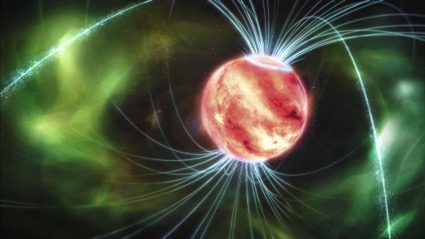
Ultracool dwarfs (UCDs) are low-mass stars and sub-stellar objects of spectral type later than M6 with some interesting characteristics at radio frequencies. In this work, we used the European VLBI Network (EVN) to observe the fast-rotating UCD LSR J1835+3259, at only 5.6885 ± 0.0015 pc (Gaia Collaboration et al. 2023). The observations revealed a detailed image of the first radiation belt detected beyond the Solar System.... Read More
A Keplerian disk with a four-arm spiral birthing an episodically accreting high-mass protostar
Ross Burns
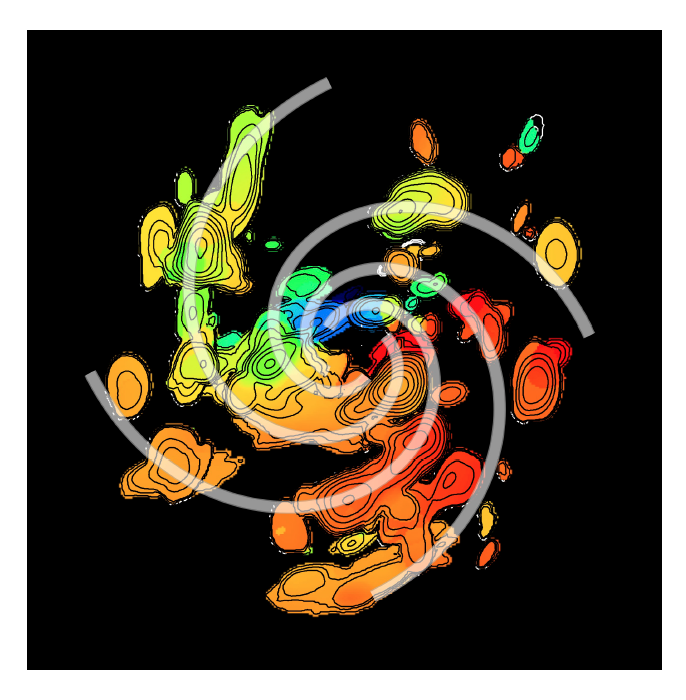
Methanol masers at 6.7 GHz have been frequently targeted by VLBI users for their bright emission and multiple uses in radio astronomy. In addition to their uses in trigonometric annual parallax measurements, it is their reliable and exclusive association with intermediate- and high-mass protostars which make them a favourite maser transition among star formation astronomers investigating the higher mass regimes.... Read More
The Radio Parallax of the Crab Pulsar: A First VLBI Measurement Calibrated with Giant Pulses
Rebecca Lin
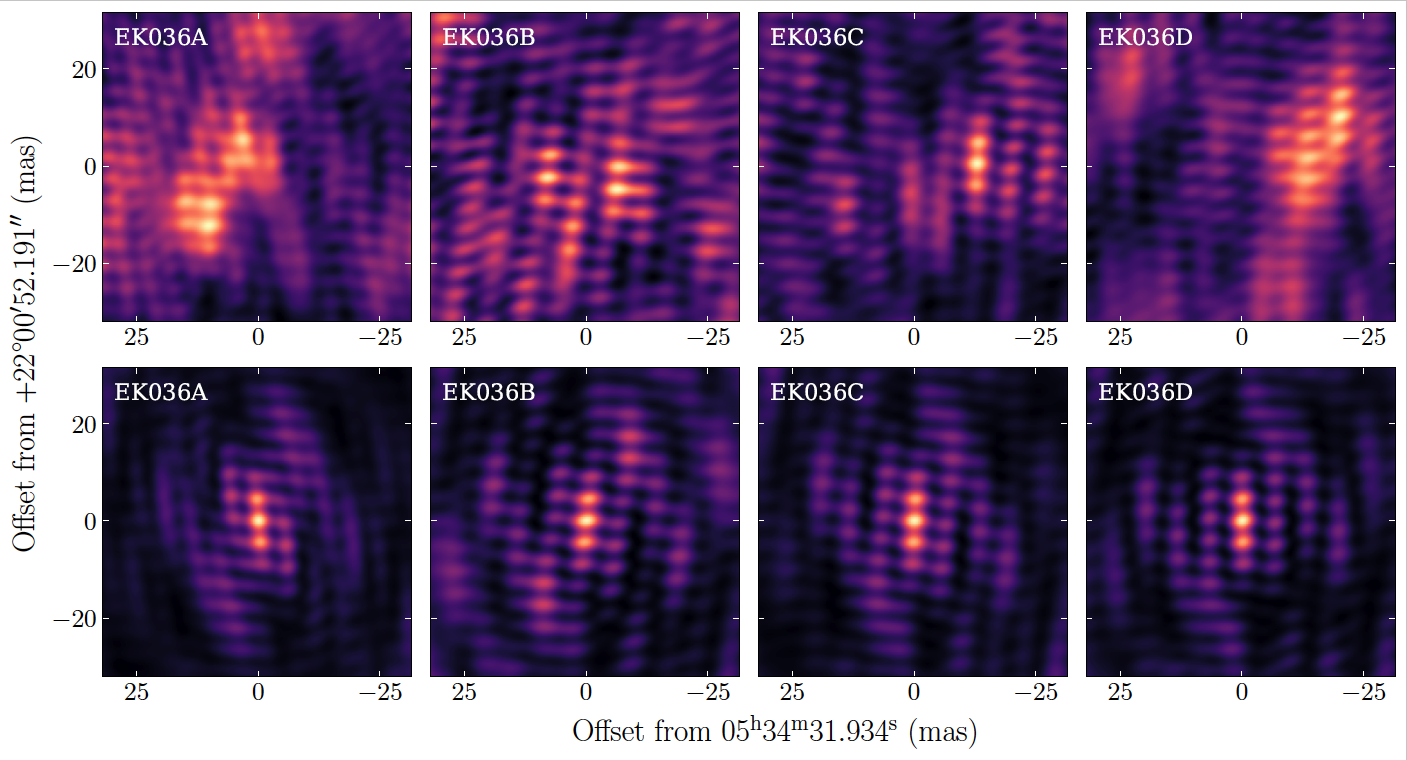
The Crab Pulsar is one of the most intensely studied pulsars and serves as a key testing ground for theories surrounding pulsar emissions. Given its significance in the field of pulsar astronomy, obtaining a precise distance measurement for the Crab is crucial.... Read More
Double SSA spectrum and magnetic field strength of the FSRQ 3C 454.3
Hyeon-Woo Jeong
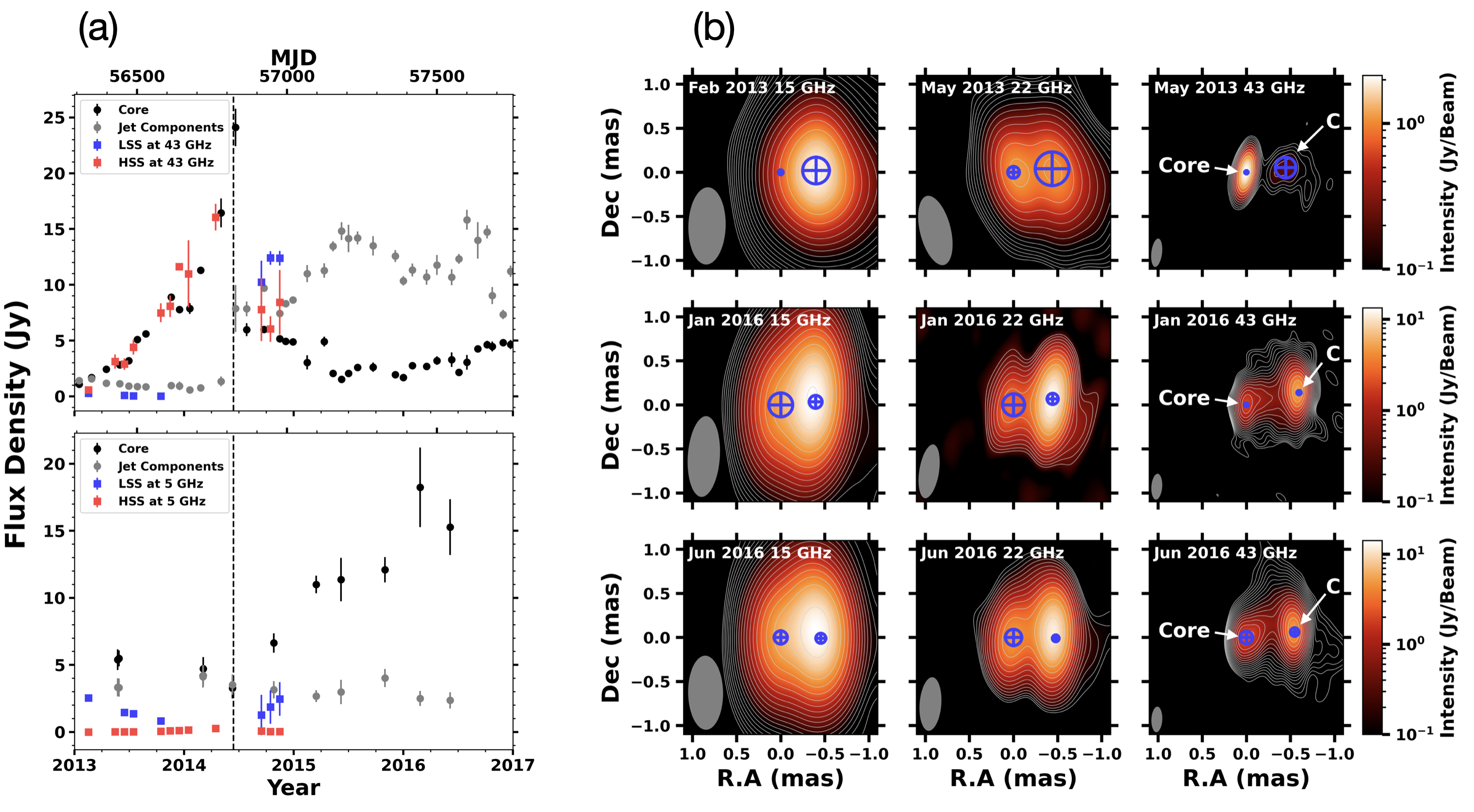
Relativistic jets of active galactic nuclei (AGN) emit synchrotron radiation via accelerated charged particles. One of the most prominent properties in powering, collimating, and accelerating the charged particles is magnetic (B) field lines around jets.... Read More
An Interferometric SETI Observation of Kepler-111b
Kelvin Wandia
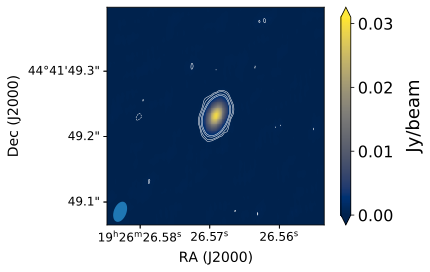
Although the question of the existence of extraterrestrial intelligence is among the most profound, it has received little attention from mainstream astronomy....Read More
The OH Megamaser Emission in Arp 220: the rest of the story
Willem Baan
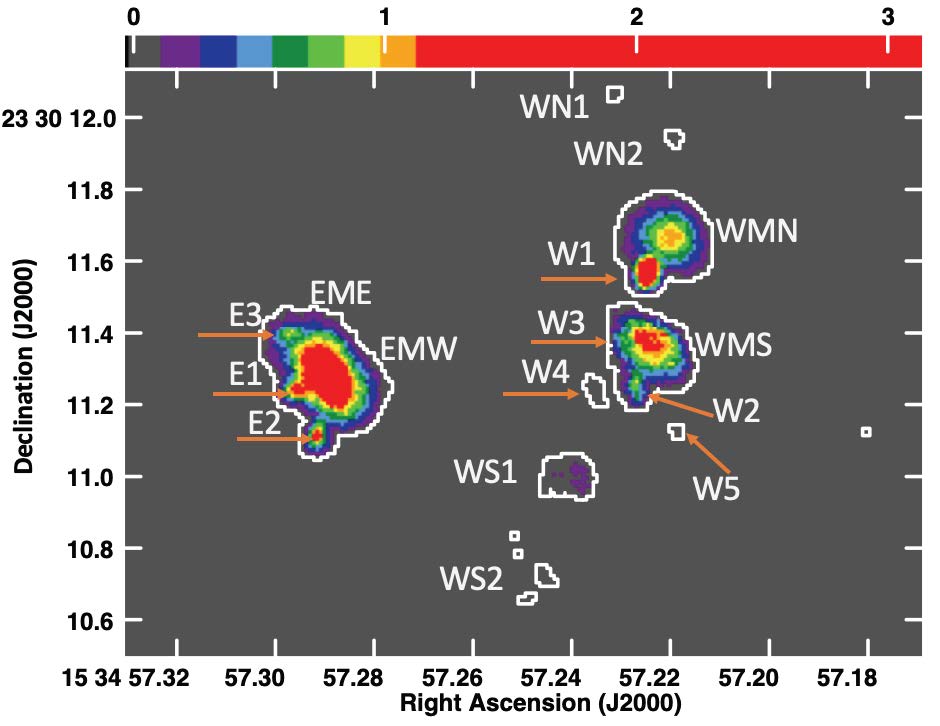
The interacting system IC 4553/4, also known as Arp 220, has become a prototype host galaxy of extragalactic OH MegaMaser emission. Currently some 120 OHMM systems have been detected and show that extragalactic masering is a widespread phenomenon.....Read More
VLBI fringes demonstrated with phased-up MeerKAT

MeerKAT is an SKA precursor telescope consisting of 64 dishes distributed across 8 kilometers within the Northern Cape region of South Africa. MeerKAT has accumulated an impressive scientific output since its inauguration in 2018, and adding the capability to operate it as a VLBI station has remained a long-standing goal....Read More
News from RADIOBLOCKS

The Horizon Europe project “New science in Radio Astronomy: applying cutting-edge technology to enhance the entire data chain, from receiver to final output”, better known by its non-acronym name “RADIOBLOCKS”, aims to enhance European major research infrastructures in radio astronomy by developing common building blocks for technological solutions beyond state-of-the-art. Thirty-one institutes from twelve different countries have teamed up in RADIOBLOCKS.... Read More
- ORP Consortium meeting, Garching, Germany, 21-23 November 2023
- ALMA at 10 years: Past, Present, and Future, Puerto Varas, Chile | 4-8 December 2023
EVN/JIVE Newsletter Editorial Team: Agnieszka Slowikowska (JIVE Director), Zsolt Paragi (JIVE Head of User Support) and Aukelien van den Poll (JIVE Finance and Project Officer).
For any enquiries about the newsletter, please contact communications@jive.eu.